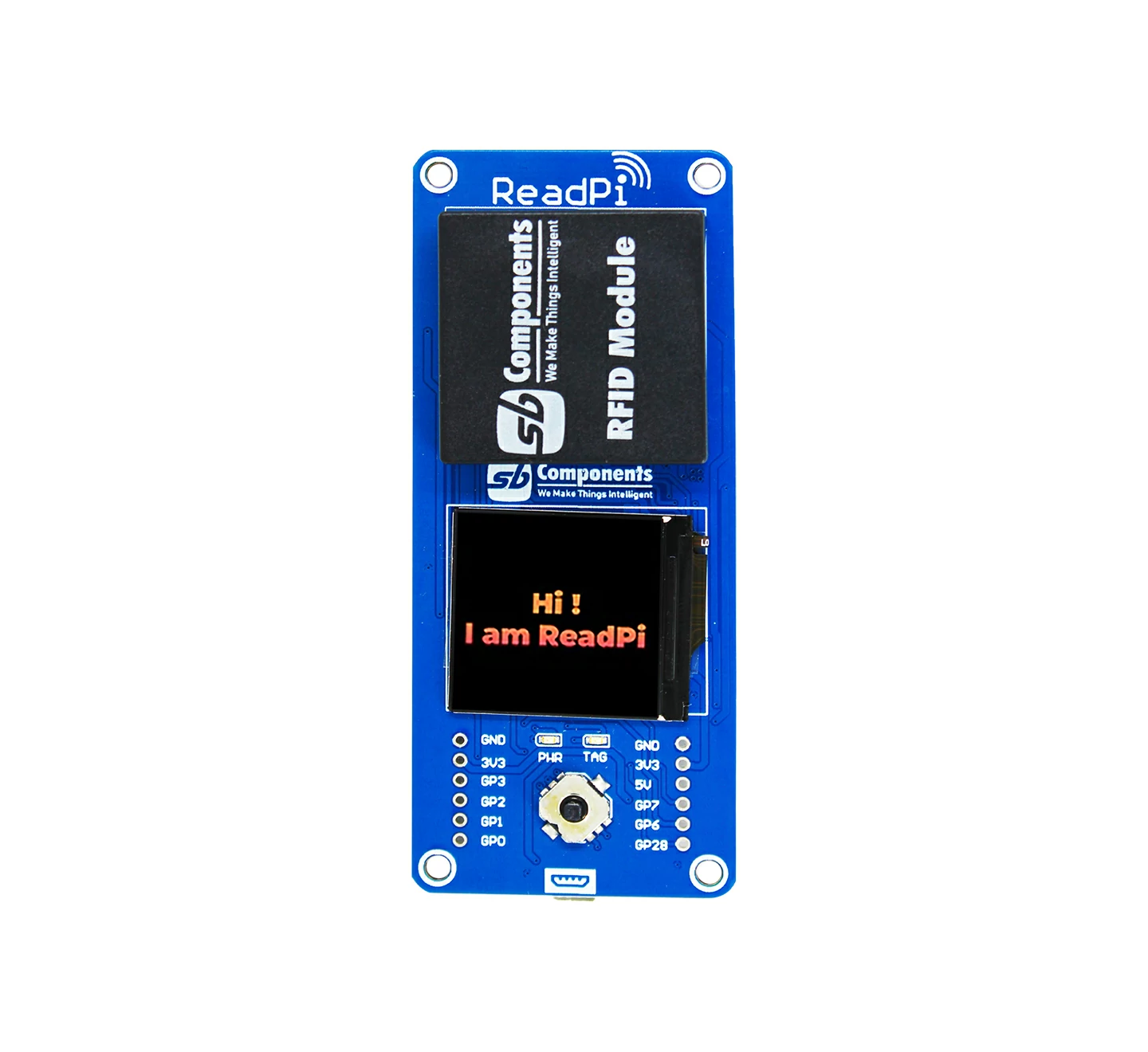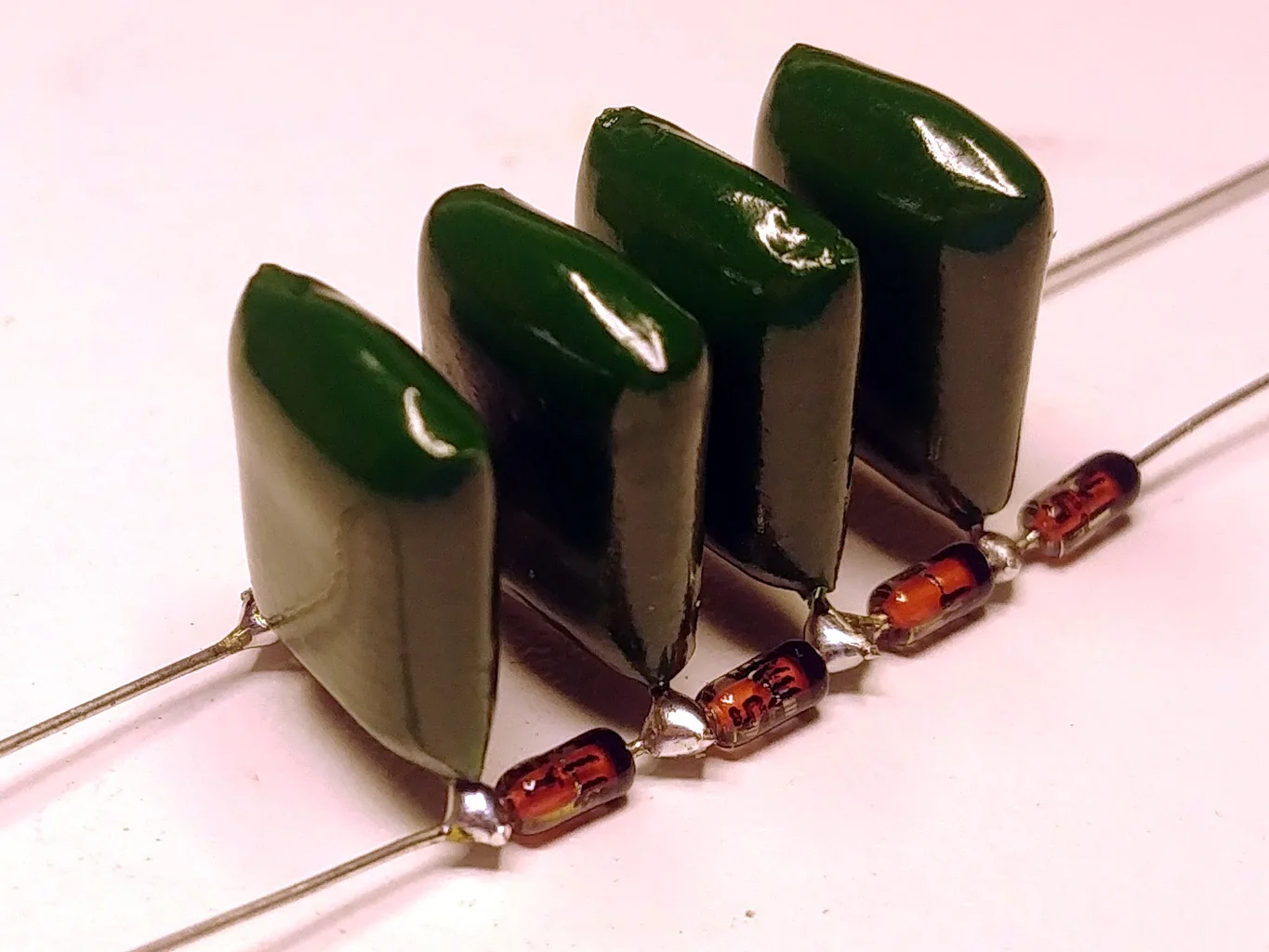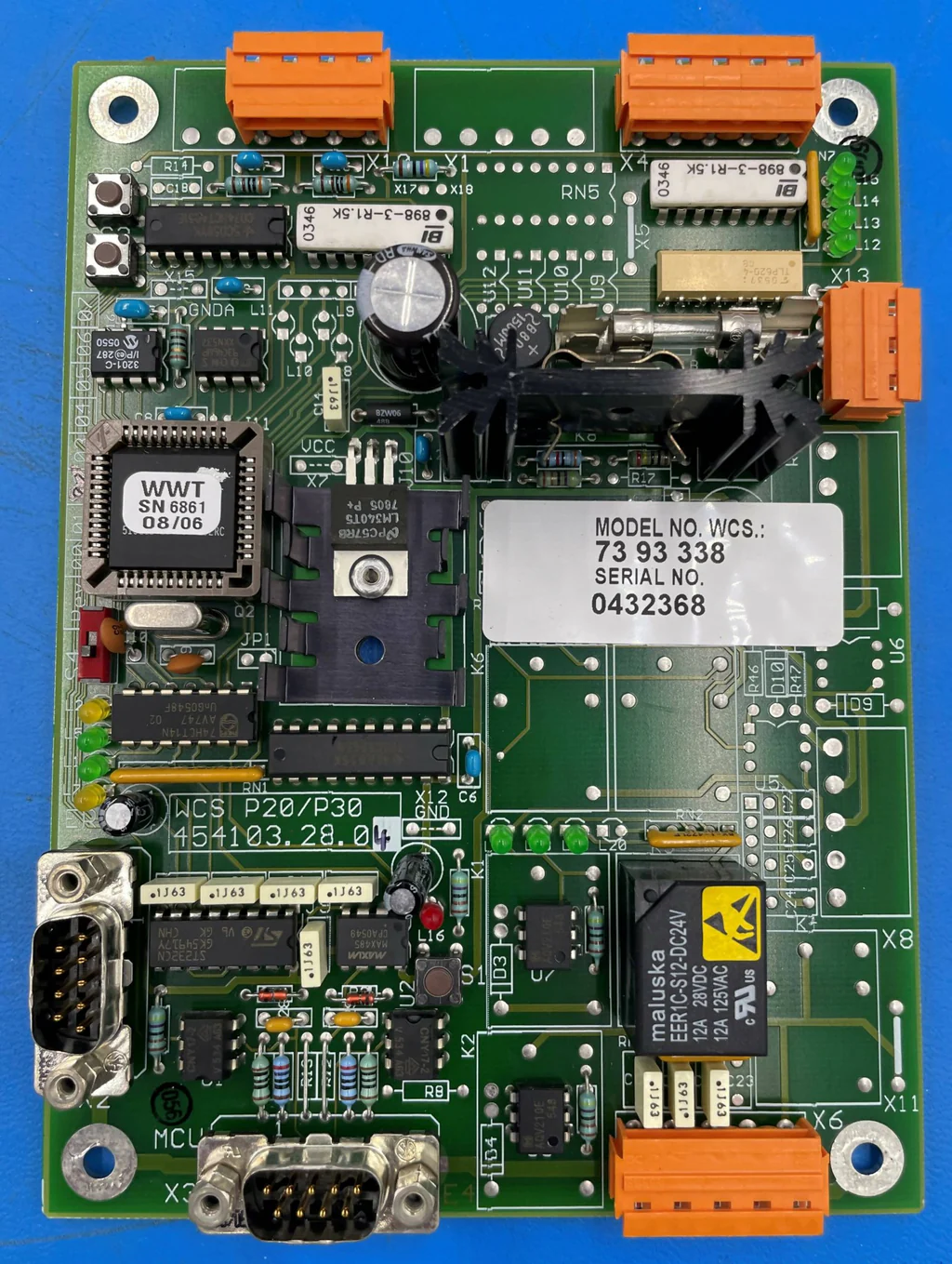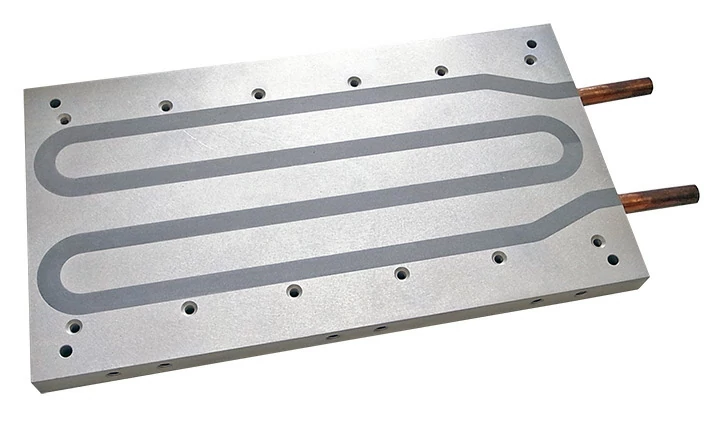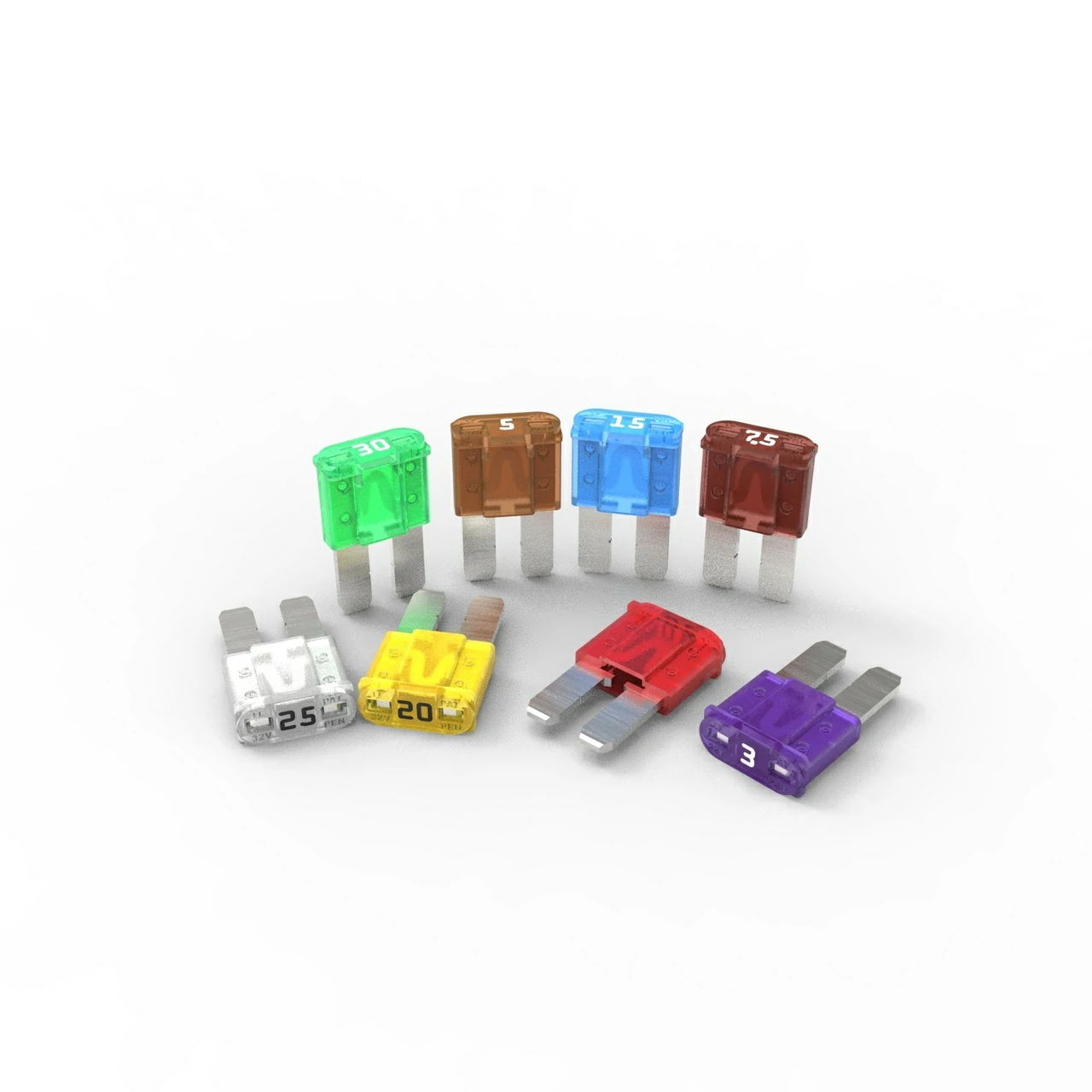Contactless IC Card Reading and Writing Module of the DC...
The timer of the DC charging pile microcontroller: the core of precise control
In the complex control system of DC charging pile, the timer of microcontroller plays a crucial role. Not only are they experts in time management, they are a key component in ensuring that the charging process is accurate.
Main component
Concept:
The timer in a microcontroller is a special hardware timing device, which can provide accurate time reference and event counting functions. These timers typically have a variety of operating modes, including but not limited to single timing, periodic timing, input capture, and output comparison. In DC charging piles, timers are used to perform tasks ranging from simple time delay to complex PWM signal generation.
Function:
1. Charging control: The timer can generate accurate PWM signal to control the switching state of the charging module, so as to adjust the output voltage and current to achieve constant current and constant voltage charging.
2. Timing and charging: In the charging process, the timer records the charging time and calculates the charging cost combined with the reading of the energy meter to achieve accurate charging.
3. State monitoring: The timer is used to monitor the charging state, such as charging time, current and voltage duration, to ensure that the charging process is carried out within a safe time window.
4. Fault protection: When abnormal conditions are detected, such as overtemperature or overcurrent, the timer can respond quickly, trigger the protection mechanism, cut off the power supply, and protect the charging equipment and electric vehicles.
Working Principle:
1. Time benchmark setting: The timer of the microcontroller sets the time benchmark by a preset counter value, which determines the time interval for the timer to overflow.
2. Event count: The timer can be used as an event counter to record the number of events that occur within a certain time interval, such as the change of switch status.
3. PWM signal generation: The timer generates PWM signals of different frequencies and duty cycles by adjusting the overflow frequency of the counter, which is used to control the charging module.
4. Input capture: The timer can capture the time point of external events, such as the moment of charging connection or disconnection, to provide the system with accurate synchronization signals.
5. Output comparison: The timer can compare the value of the internal counter with the preset value, and trigger the output when the two are equal, which is used to control specific events during the charging process.
Sum up
Through the precise control of these timers, DC charging piles can achieve an efficient and safe charging process, while providing users with accurate charging time and cost information. The high precision and flexibility of timers make them an indispensable part of DC charging pile microcontrollers.
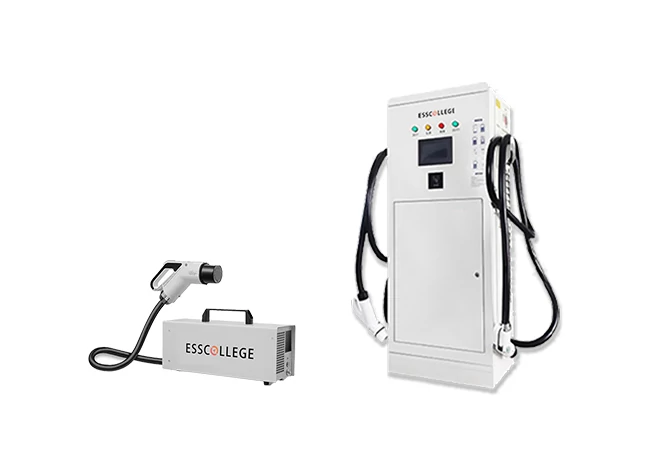
DC CHARGING PIlE SERIES
DC charging pile is an efficient charging facility for electric vehicles, which uses direct current (DC) to directly charge the vehicle battery, significantly reducing the charging time. Compared with traditional AC charging piles, DC charging piles are able to provide higher power output and can usually charge an EV to 80% of its capacity in 30 minutes, providing users with a convenient charging experience.
Extended reading
Introduction of diodes in DC charging pile filter
Introduction of diodes in DC charging pile filter Diodes in...
Dc charging pile cooling system control unit: the guardian of intelligent temperature control
Dc charging pile cooling system control unit: the guardian of...
Liquid cooling plate: heat dissipation guardian of DC charging pile
Liquid cooling plate: heat dissipation guardian of DC charging pile...
Introduction of LC filter for DC charging pile
Introduction of LC filter for DC charging pile LC filter...
Introduction of fuses in DC charging pile rectifier
Introduction of fuses in DC charging pile rectifier The fuse...
THE ESSC Brand promise
Global supply
Our products sell well all over the world, covering many countries and regions, through the global logistics network, to provide customers with convenient purchasing experience.
Rigorous quality
We adhere to the highest quality control standards to ensure every product meets industry regulations and customer expectations, earning trust through consistent excellence.
Excellent service
With a customer-centric approach, we provide prompt responses, professional support, and personalized services, aiming to deliver the best user experience and long-term value.
